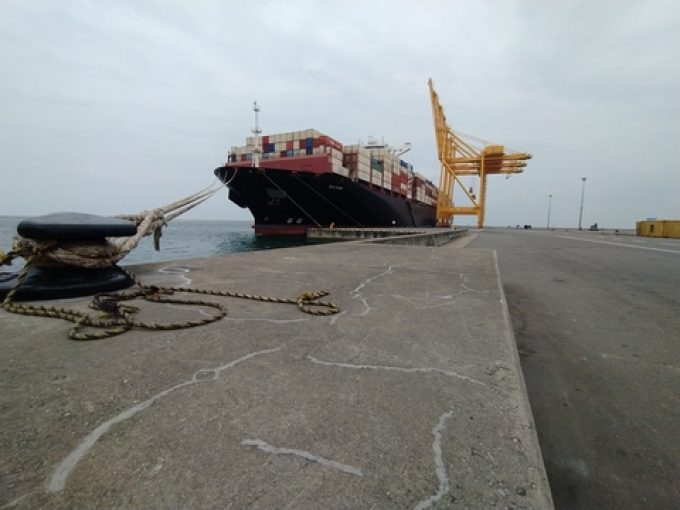Shippers and carriers await Iran decision on Hormuz in response to US attack
Logistics operators anxious over already fractured supply chains are contingency planning as Iran’s supreme leader, ...

Container lines are facing severe capacity problems at Sri Lanka’s Colombo port, as they reshuffle calls in the wake of the worsening maritime security situation in West Asia.
A recent terminal change by Maersk amplifies that concern: the Danish carrier hosted a call at Colombo’s East ...
CMA CGM South Korean staff strike over bonuses after bumper 2024 profit
'Another painful headache for shippers' as Asia-N Europe rate rally ends
Amazon Air Cargo partners-up for new transpacific route into the US
MSC switches two more Asia-Europe port calls from congested Antwerp
Ports and supply chain operators weigh in on funding for CPB
Nightmare for Bangladeshi exporters as congestion and tariffs bite
Carriers introduce surcharges as congestion builds at African ports
CMA airline returns two freighters, while ANA takeover of NCA looms

Comment on this article